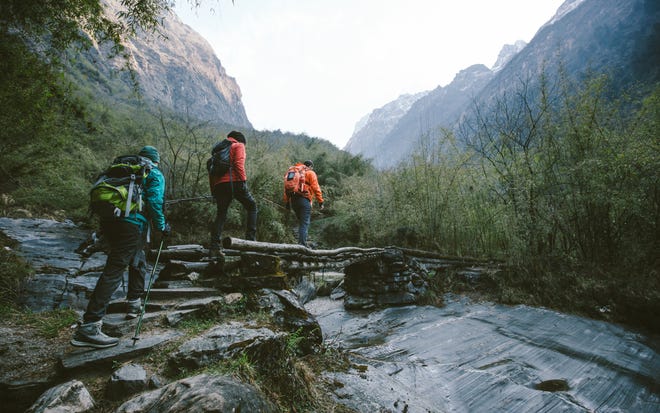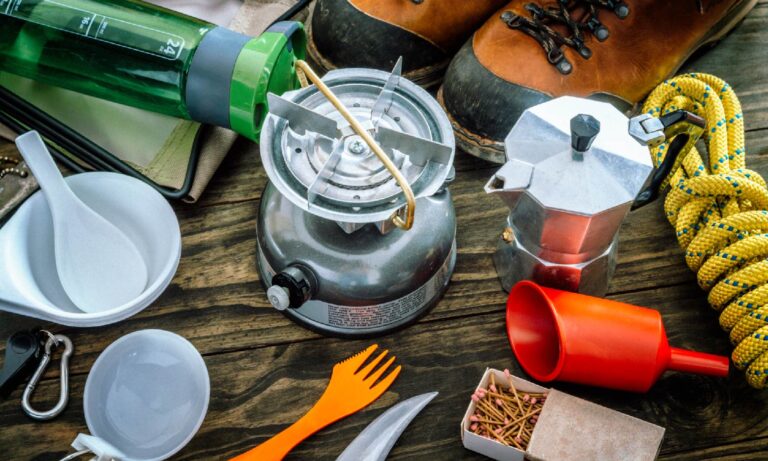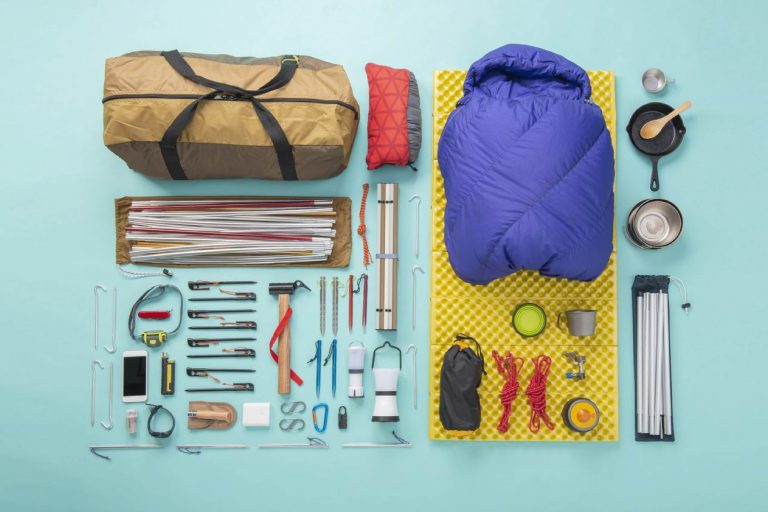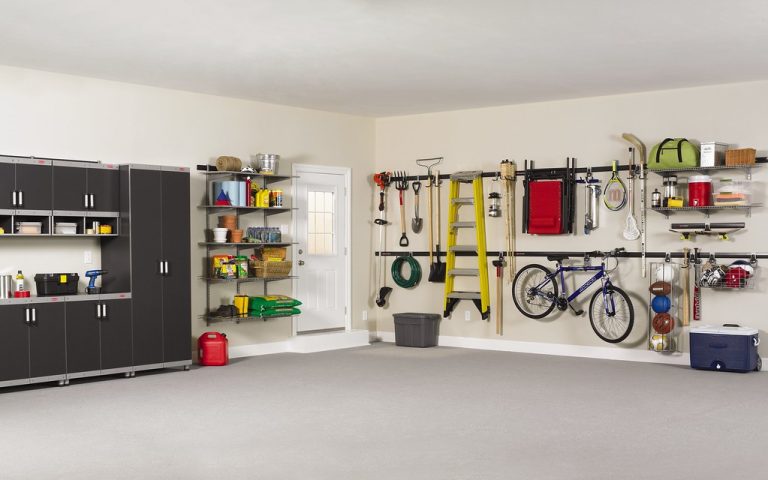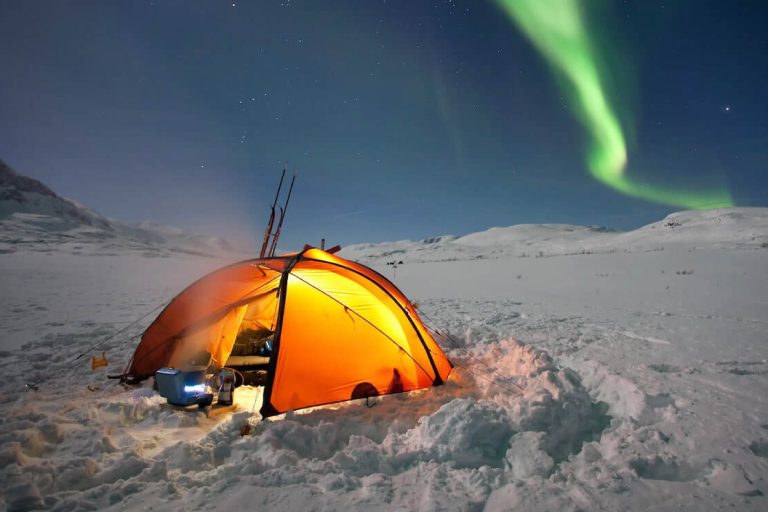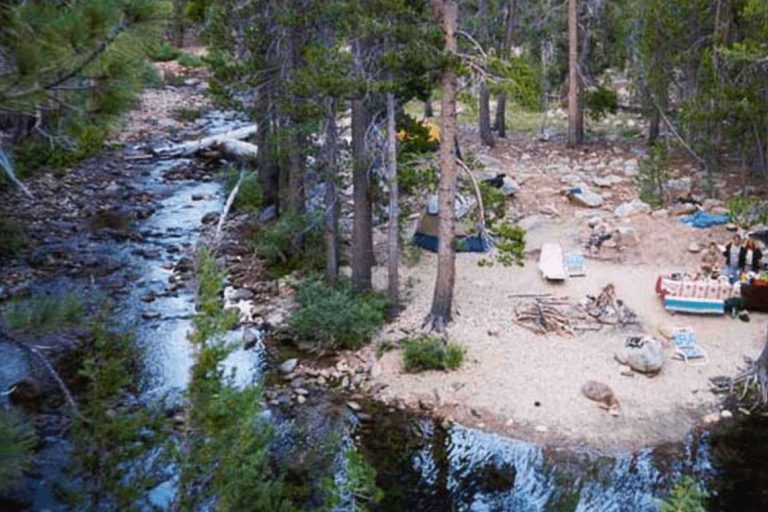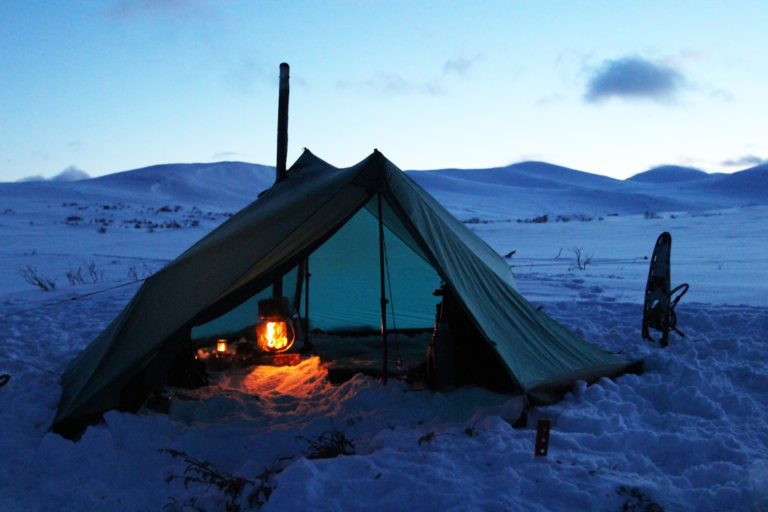How to Pack a Backpack for Camping: An Ultimate Guide 2023
A camping backpack is designed to accommodate all your essentials. But to do so efficiently is another story. Even though backpacks are featured with multiple-sized compartments for specific things, it can get overwhelming to put essentials in the right slots. The last thing you want is to be carrying a camping backpack that is heavier on the wrong side. To prevent you from making that mistake, we are here to guide you on how to pack a camping backpack while keeping in mind factors such as convenience, efficiency, and of course, comfort!
Table of Contents
How to Pack a Backpack for Camping Efficiently?
The first step to packing a camping backpack is to acquire a durable backpack that is large enough to fit in all the essentials. No matter what brand you go for, make sure that the one you choose has multiple compartments in different sizes to fit in various items that you absolutely have to carry in your camping trip. Then, make a checklist of your items and lay them out on a flat surface so you have a clear idea of what to pack. Now it’s time to start packing your necessary gear.
1. Bottom of the Backpack Essentials
2. Middle of the Backpack Essentials
3. Top of the Backpack Essentials
4. Front Pouch
5. Water Bottle Compartments
6. Additional Accessory Pockets
After you’re done packing every item, lift the backpack on your back, buckle up every strap, and make sure that you feel well-balanced. This is extremely important because you need to be comfortable enough to be carrying the backpack for hours at a time if not days. If it doesn’t feel comfortable, move around a few items to reach the best possible comfort level. The idea is to not feel the extra weight on any specific part of your back and that’s possible only if you have evenly distributed the items.
Tips For Chronic Overpackers
- When you first decide to pack your backpack, you should lay out all the items you want to carry in your camping backpack which may include clothes, food, sleeping bag, hygiene products, etc.
- Now, separate the essentials from the rest of the items you “want” to take. The trick here is to make a different pile of items that you simply cannot do without on your camping
- Finally, get rid of the majority of the items that did not get chosen for your essentials pile because most likely you wouldn’t even need half of the items you didn’t think were important to move to the essentials category.
- To get an idea of how to pack a camping backpack visually, check out this simple and straightforward video with amazing tips and tricks.
FAQs
1. What are the most important features you should look for when trying to pack a backpack for camping?
2. Are there specific compartments in the backpack for essentials of different weights?
3. Should my camping backpack have compression snacks?
4. Are all backpacks for camping waterproof?
5. Should I roll or fold my clothes in a backpack?
6. What order should I pack my backpack in?
Concluding: How to pack a backpack for camping
Now that you’ve gone through our detailed guide on how to pack a backpack for camping, you should be able to do yours in a jiffy. However, we still advise you to at least pack your backpack the night before the camping trip so you don’t have to worry about it right before you leave. As long as you stick to allocating specific essentials in the correct compartments of your backpack, you’ll be good to go.
Watch this video to see expert advice on how to pack a backpack for camping

Meet Sarah, a passionate traveler and camping enthusiast who loves to explore the great outdoors. With years of exploring, she has become an expert in testing and reviewing the best tents on the market which got her to start mytravelingtents.com. Her insightful reviews provide valuable information to fellow adventurers looking for the perfect tent for their next camping trip.
